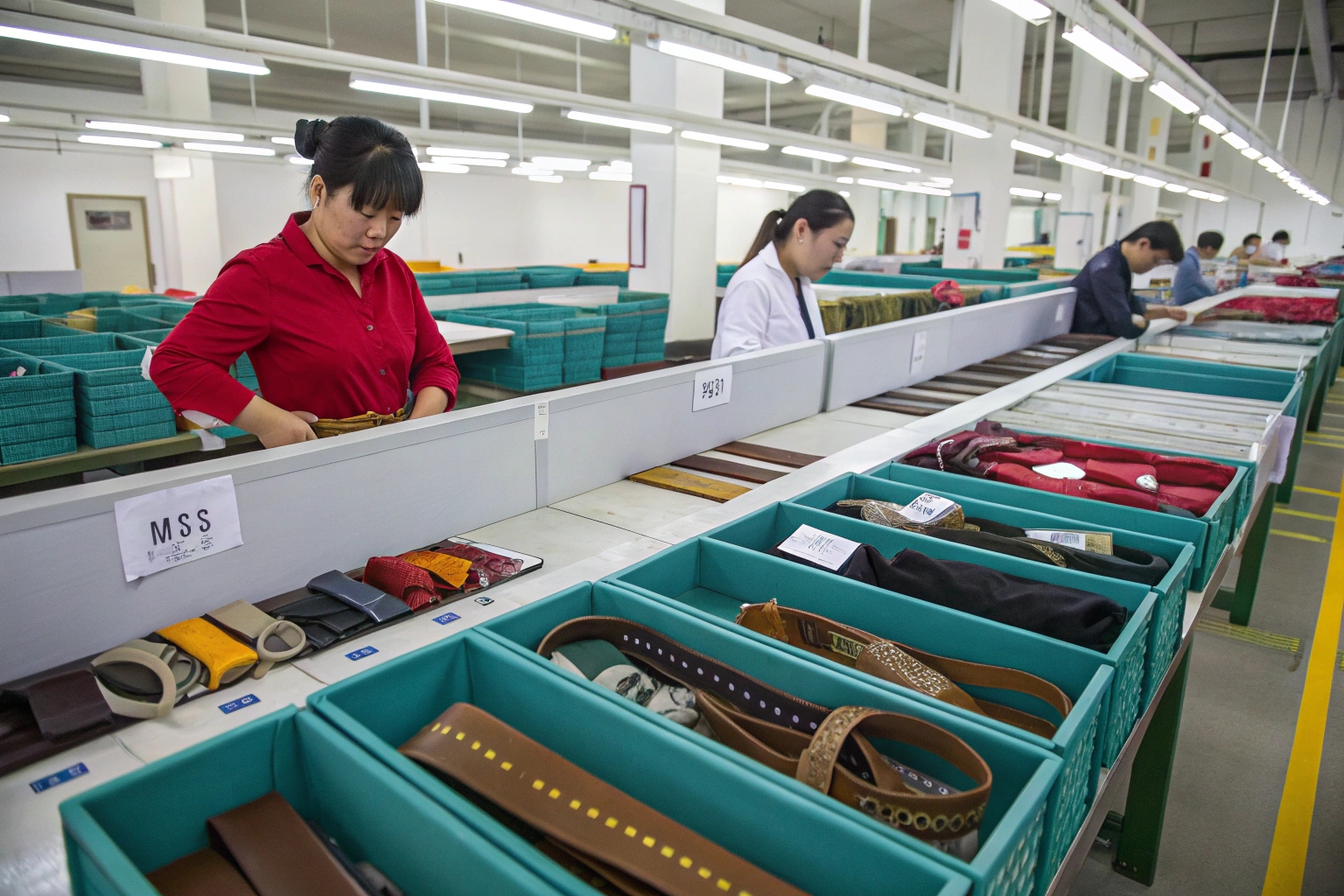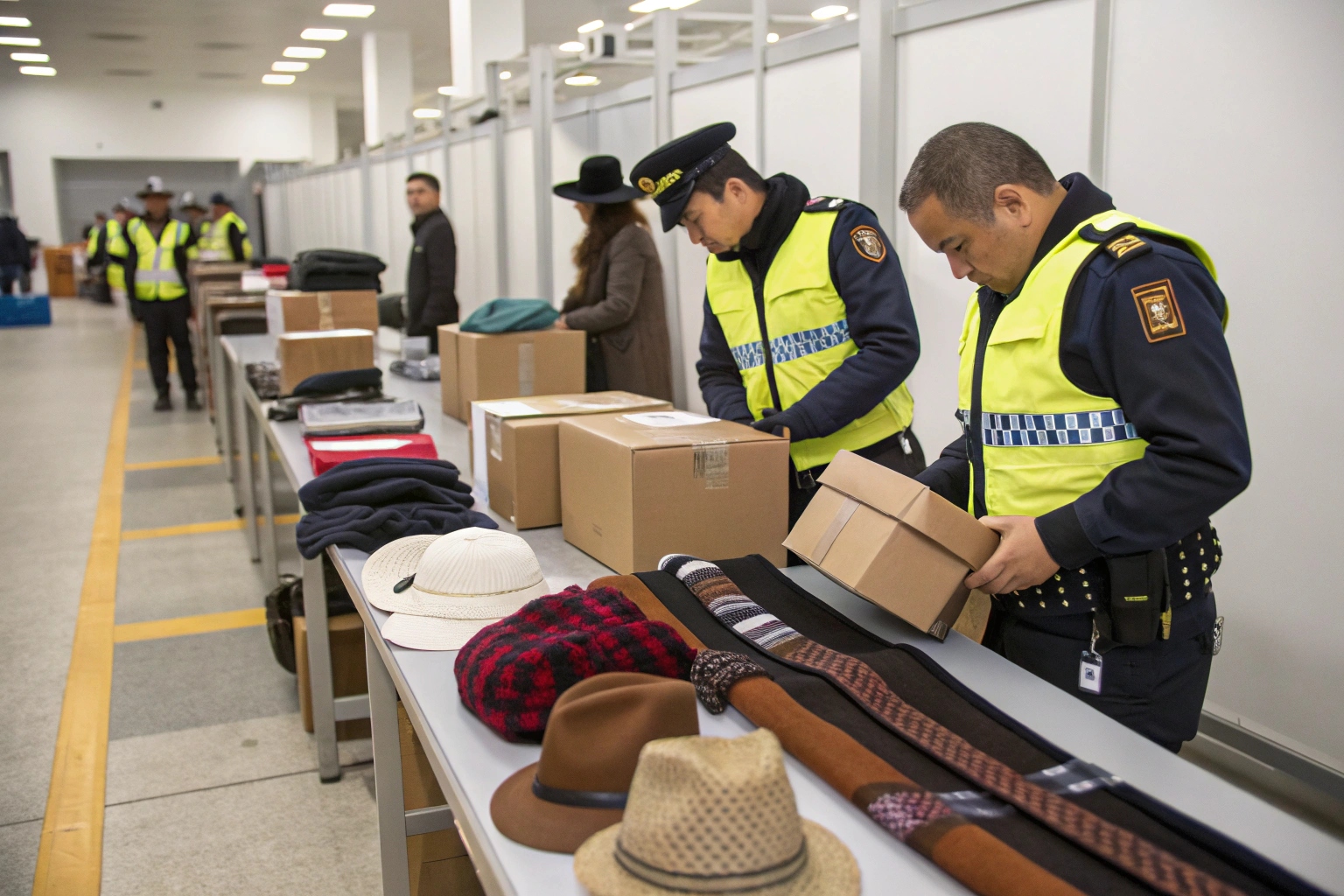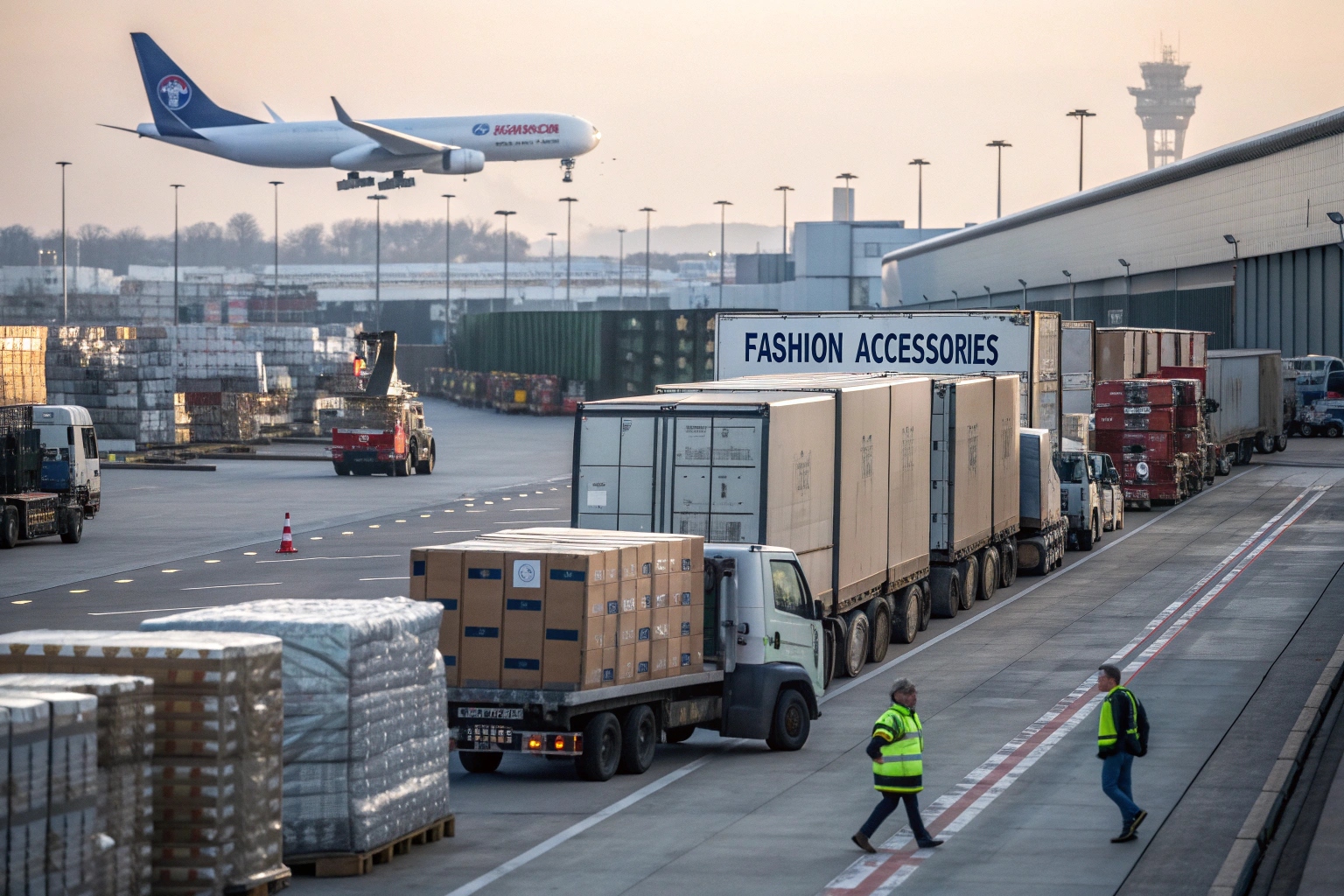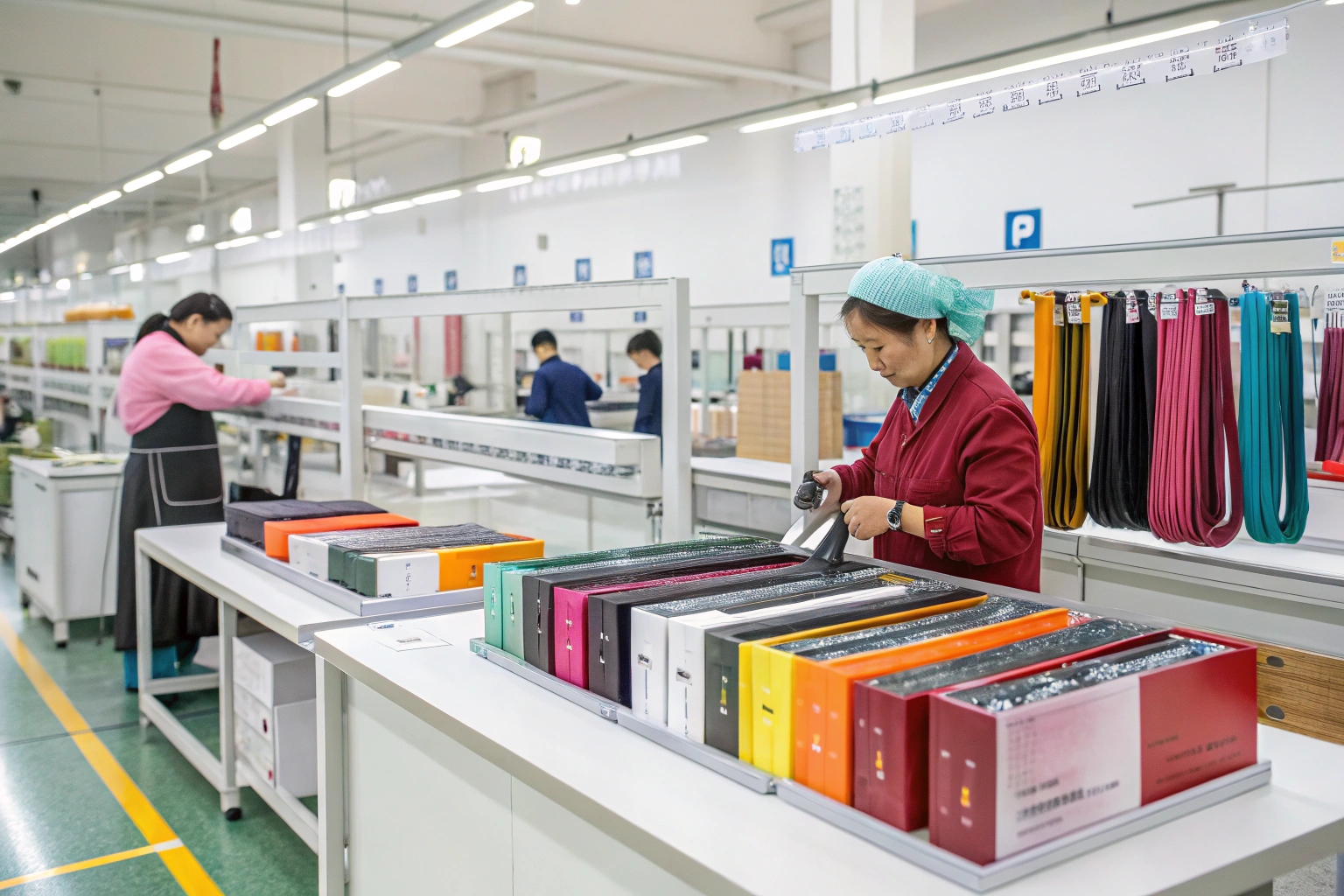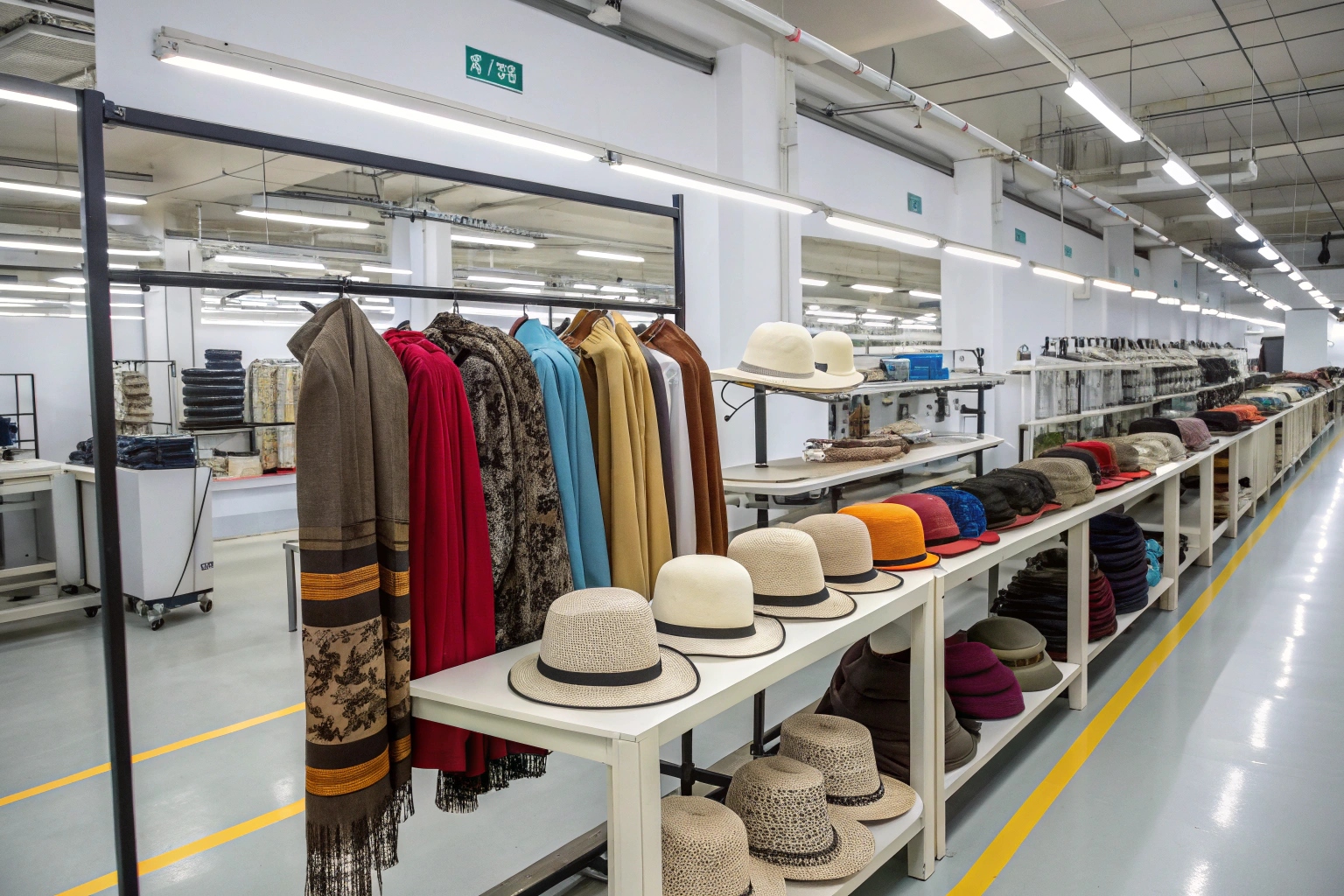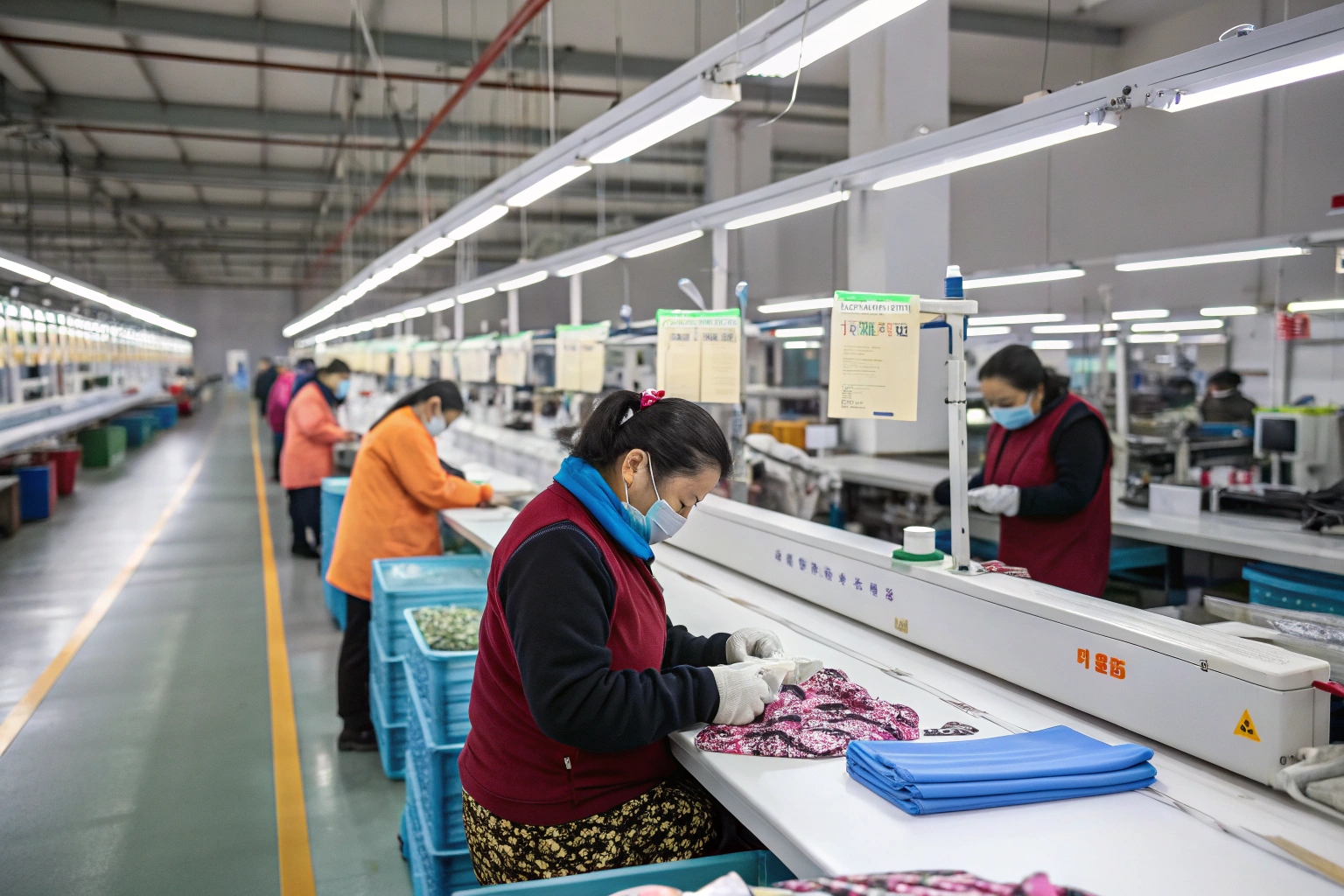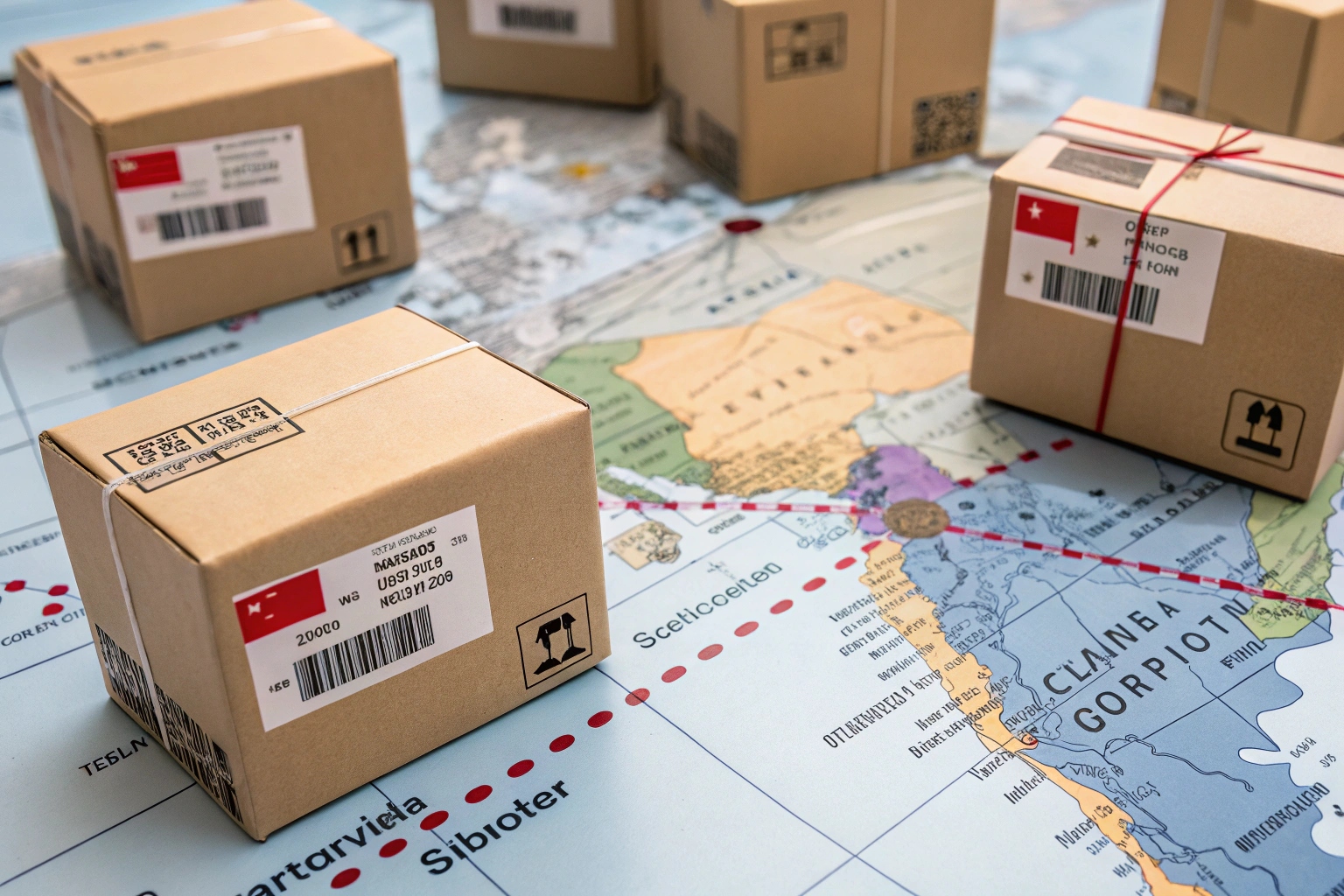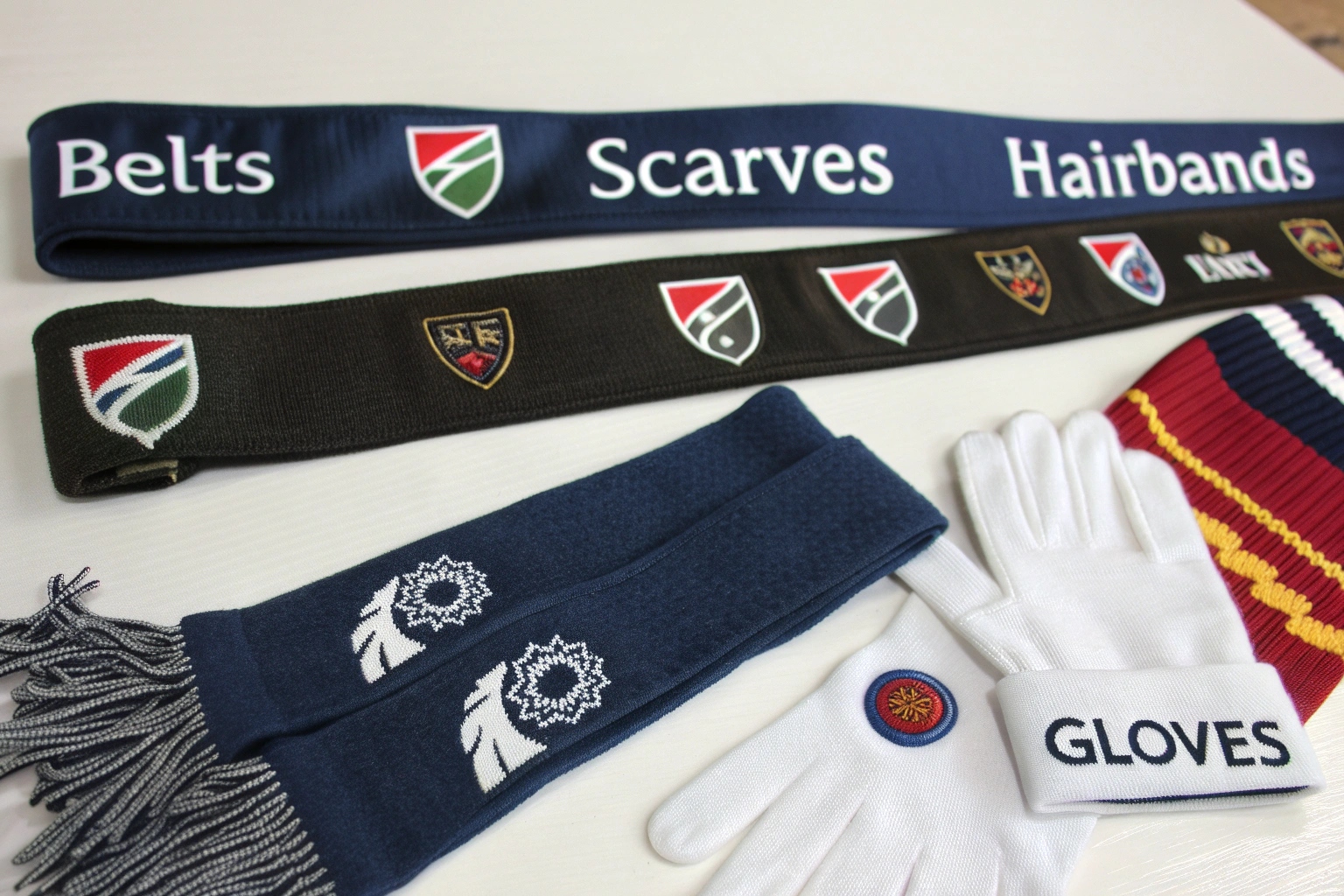Managing multiple SKUs—belts, clips, shawls, scarves—in one container sounds efficient. But if quality checks aren’t done right, it can lead to costly mix-ups, product damage, or customer complaints.
At AceAccessory, we follow a strict QC process tailored for mixed containers. We standardize inspection, sorting, labeling, and final checks to ensure every item is accurate, clean, and delivery-ready.
After exporting accessories for over a decade, we’ve developed a system that handles variety without losing precision.
Inspection Process for Multi-Category Shipments
Handling 10+ accessory types in one order adds complexity—but our inspection strategy breaks it down, product by product.
We perform individual product inspections before consolidation, assign QC teams to each category, and follow batch-level reporting to maintain traceability across styles.
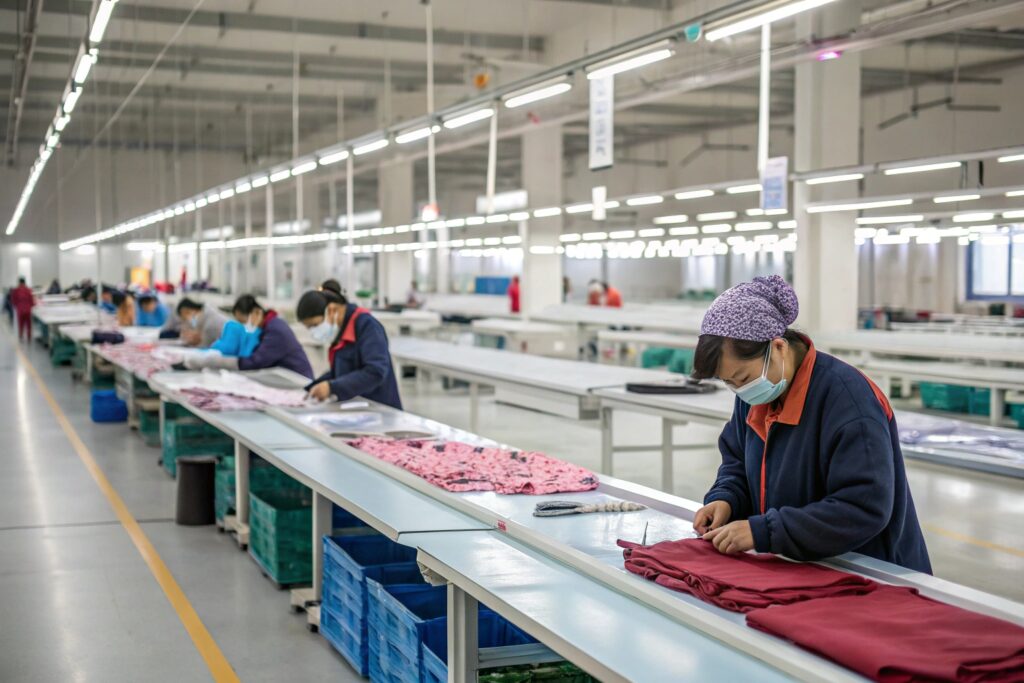
How does AceAccessory structure its inspection for different accessories in a shared shipment?
Each product category—hair clips, belts, scarves—is treated as its own project:
- Assigned to its own QC leader
- Logged with a unique tracking number
- Inspected at its own station
This separation avoids cross-contamination or confusion during labeling and packing. It also allows us to adjust inspection standards by product type (e.g., stitch density for shawls, clasp strength for belts, surface polish for clips).
What checkpoints are used during accessory inspections?
We inspect accessories in three phases:
- Visual Check – Surface defects, color consistency, logo accuracy
- Functional Check – Clip tension, belt buckle locking, elasticity of hair ties
- Measurement Check – Length, width, and tolerances (±5mm depending on item)
Each inspection step is recorded in digital checklists. Any defect above the AQL threshold is flagged immediately, and the batch is quarantined until resolved.
How We Standardize QC Across Different Accessories?
Every product has its own quirks—but consistency in how we check them ensures we meet brand expectations.
We use unified QC templates, cross-trained staff, and batch sample tracking to apply the same quality philosophy to every accessory—regardless of material or style.
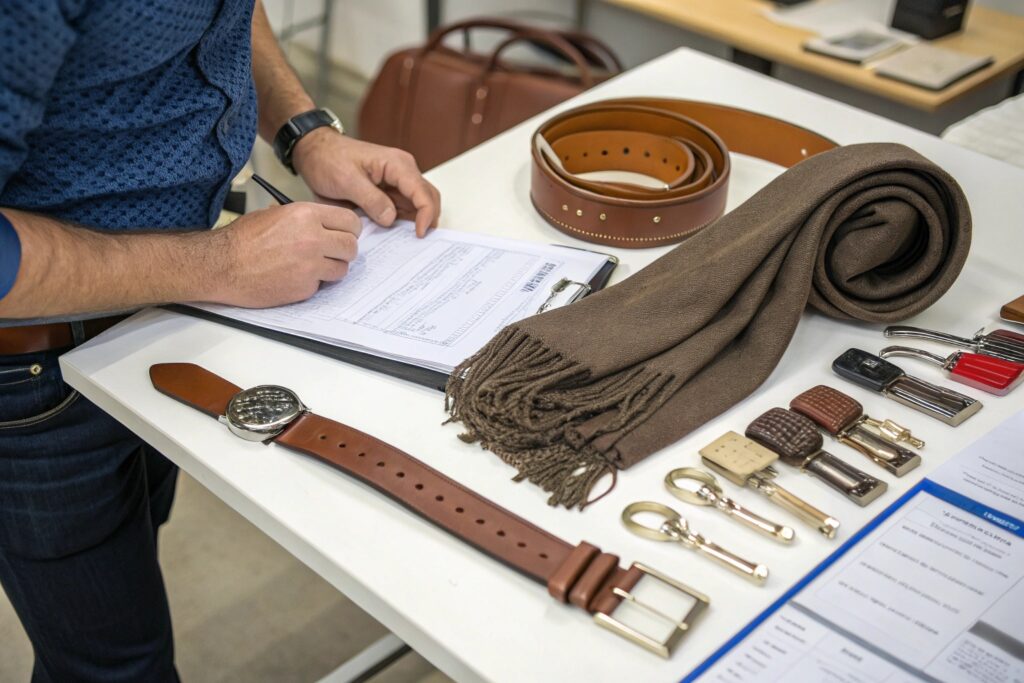
Why do we use universal QC templates for such different products?
Instead of separate systems for each category, we created one standardized QC form with custom fields. It includes:
- Product code
- Sampling quantity
- Key checkpoints (selectable per item)
- Pass/fail status
- Notes & image uploads
Our staff are trained to adapt the form per item. For example, hair clips focus on spring strength, while scarves include thread consistency.
This system:
- Speeds up reporting
- Allows quicker onboarding for new staff
- Keeps quality data centralized
How does sample-based inspection ensure scalable quality control?
We use AQL (Acceptable Quality Limit) Level II standards, adjusting per order size. For example:
| Batch Size | Sample Size | Reject Limit |
|---|---|---|
| 500 units | 50 units | 2 minor defects |
| 5,000 units | 200 units | 10 minor defects |
Our QC team samples randomly across cartons, not just from the top. We also retain one sample per product for buyer reference.
Sorting and Labeling Procedures Before Container Load
Even perfect products can cause issues if packed into the wrong boxes or mislabeled. That’s why our sorting and labeling system matters just as much as QC.
We organize accessories by SKU, box type, and destination zone. Then we apply a multi-tag system—carton stickers, barcode labels, and color-coded tapes—to ensure each box ends up where it should.
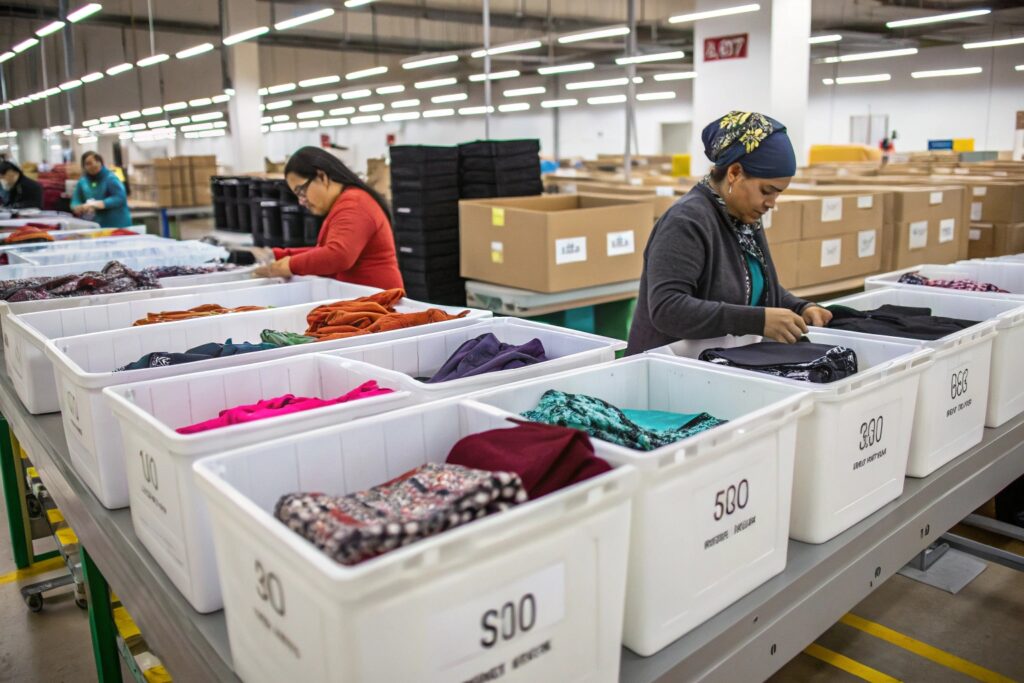
How do we prevent mix-ups during the sorting process?
Before loading:
- Each product is staged in its own color-zoned area
- QA confirms item, quantity, and packaging specs per box
- A “Sorting Supervisor” signs off every layer before sealing
We also photograph each layer inside the master cartons. These photos are shared with buyers for traceability and pre-arrival checks.
What labeling standards do we follow for export shipments?
Our carton labels include:
- Product name and internal SKU
- Carton count (e.g., 6/120)
- Gross/net weight
- Country of origin
- Buyer logo (if requested)
We add color-coded tape to quickly distinguish between product categories (e.g., green for hats, blue for scarves). This helps during customs clearance and warehouse sorting on the buyer’s end.
Final Checks to Prevent Mixing Errors in Bulk Orders
Before a container closes, we run a final check—not just on goods, but the packing plan itself.
Our final QC step includes box scanning, checklists, and supervisor sign-off. Every pallet is wrapped, tagged, and digitally logged before loading.
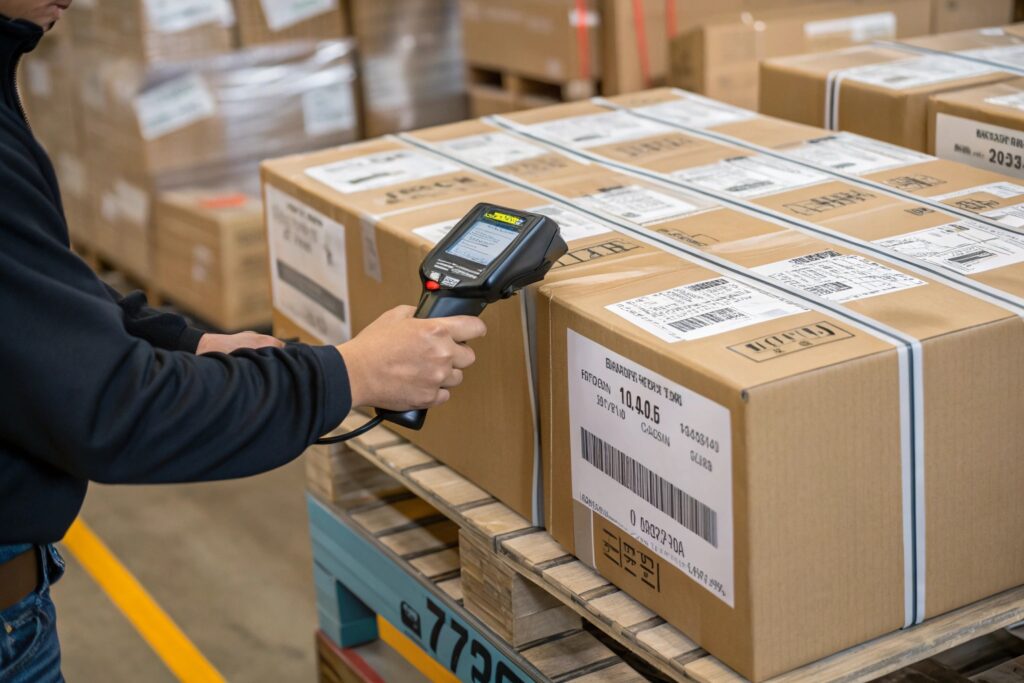
What steps are taken during the final container-loading QC?
We follow this checklist:
- Pallet Scanning – Barcode scan to match product and box ID
- Photo Proof – Capture images of loaded pallets inside container
- Seal Recording – Note container seal number and match with shipping bill
- Loading Order – Heavy boxes below, fragile items up top, clear aisle access
Each buyer receives a PDF and photo archive of the loaded container within 24 hours. We also add weatherproof labels outside the container in case customs need item reference quickly.
How does our digital tracking system support large mixed shipments?
We log every product, batch, and box into our ERP. That means if a buyer emails us about “Box 112 – scarves,” we can instantly pull its contents, QC results, and label print time.
This visibility builds buyer confidence and saves time during warehouse receiving.
Conclusion
Managing mixed accessory shipments isn't easy—but with strong inspection routines, smart sorting, and transparent records, we ensure every box is right, every time. That’s how AceAccessory delivers accuracy with every container.

